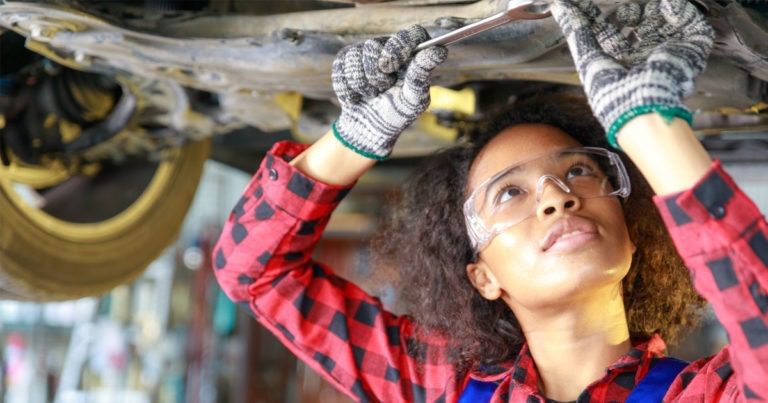Blog Post
Supply Chain Pricing and Service Variabilities: Maintenance and Collision Repair
By Barbara Banas & Brian Simek
October 20, 2021

The domino effect that the COVID-19 pandemic is having on the supply chain and labor market is remarkable. These constraints have infiltrated every part of our lives, with news of reduced hours, limited resources and pricing implications being announced weekly.
Unfortunately, the fleet industry has not escaped these constraints. We’ve reported on vehicle acquisition challenges, out-of-stock shortages, rental shortfalls, registration delays and will continue to inform you of these issues and provide strategic consultation accordingly.
We’ve heard from our partners about pricing variabilities throughout the supply chain such as OEMs, Upfitters, Rentals, Transport and Repair.
Starting this week, we will take a deeper look at each of these categories and provide recommendations on how to navigate this inflating environment. We’ll kick off the series with a closer look at what is happening with our Maintenance and Collision National Accounts.
Price Increases and Service Delays
Due to a rise in raw material, labor, and transportation costs, we are seeing about a 3 – 8% increase from several of our largest maintenance and collision network partners on repairs. In addition, all tire manufacturers have reported increases, with some issuing multiple increases within the same year. But note, not all tire pricing increases affect fleet.
We haven’t seen any price movement from our glass or roadside partners just yet. However, our glass providers mentioned that the chip shortage impacted their volumes, so they decreased their glass orders accordingly. Over time, this may result in a higher demand which may inflate prices.
While it is always critical to maintain your vehicles to prevent costly repairs, as vehicles reach higher mileage intervals additional maintenance and repairs are inevitable. When repairs are needed, we have been quoted longer lead times at repair facilities due to labor shortages and part delays.
Extended Lifecycle and Budget Considerations
With supply chain issues causing new vehicle production delays, used vehicles have also become difficult to acquire. The limited acquisition channels have caused many fleets to keep vehicles in service longer than normally planned.
If you plan to extend lifecycles, the best course of action is to be proactive:
- Take care of regular oil changes, fluid checks, and inspections now to minimize the need for major repairs later.
- Check tire pressure and rotation to reduce the need to replace tires.
- Be diligent about monitoring vehicle maintenance compliance; follow up with drivers whose maintenance is overdue, use telematics to make sure critical items such as check engine lights, are not being ignored.
- Don’t overlook your pool vehicles! Often pool vehicles have the lowest maintenance compliance rates within a fleet.
Even as pricing fluctuates, we have the most competitive pricing with our National Account suppliers, so it is important to stay in network. Drivers can easily locate shops 24/7 within Wheels Mobile Assistance or by calling our Driver and Branch Support Center.
As you budget for the future, remember that we adjust our TCO analyses to reflect the most current repair pricing information, so you have an accurate forecast.
There is no consensus on when the supply chain issues will subside. It is highly likely we will be operating under these conditions for a long time, making it important to plan accordingly. But know that Wheels is ready to help you work through these challenges.
If you have any questions, please reach out to a member of your Wheels Account Team.